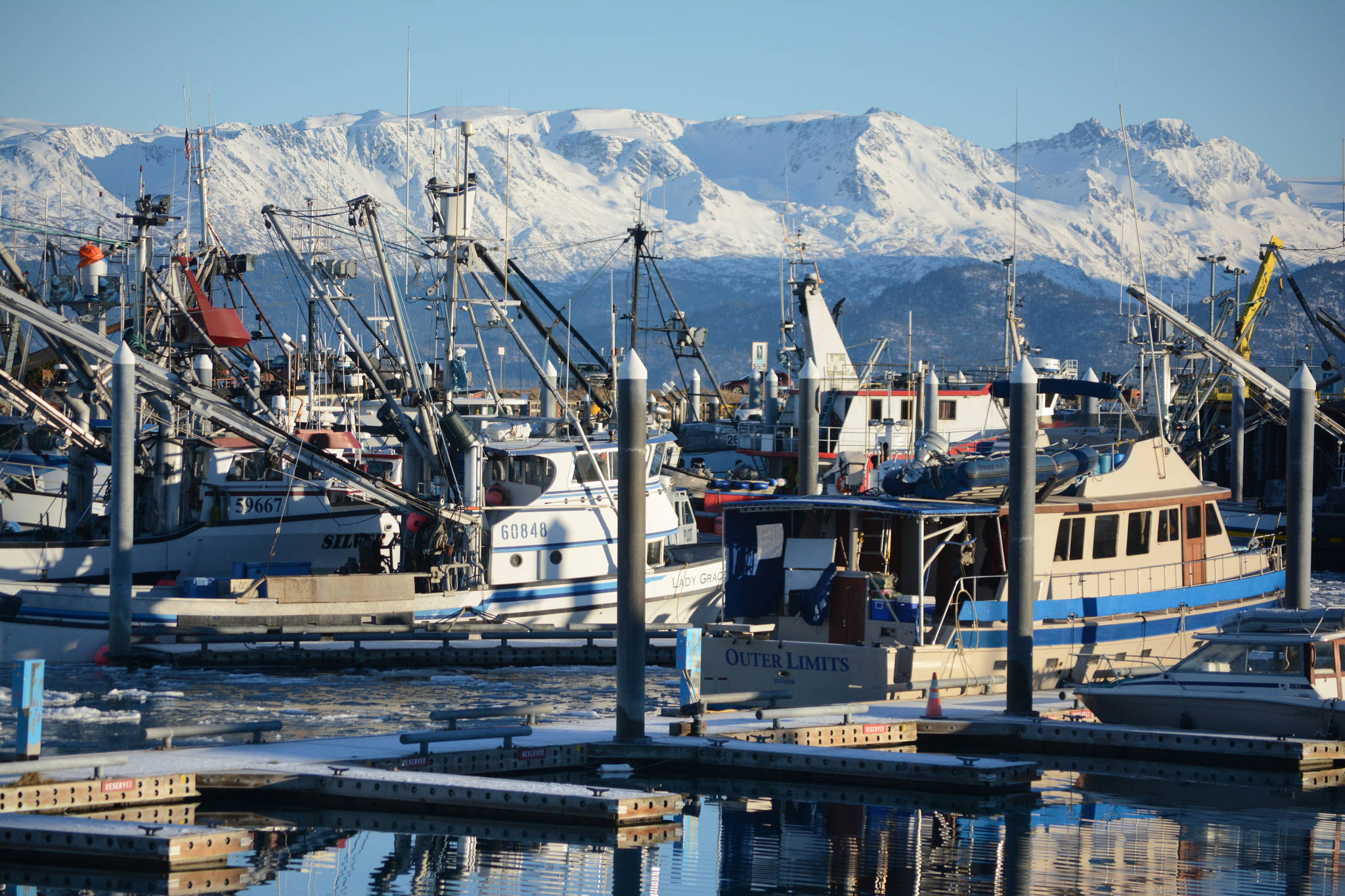The Sitka Tribe of Alaska has won a second lawsuit challenging the State of Alaska’s assertion that they are providing “reasonable opportunity” for subsistence harvest of herring roe in an ongoing battle pitting seiners and the Alaska Department of Fish and Game against the tribe.
The latest ruling, handed down in November, issued a partial summary judgment when Judge Daniel Schally determined that the state had failed to follow a regulation established by the Board of Fish in 2002.
In the first round, in March of 2020, Schally ruled that the state had failed to demonstrate it was providing a “reasonable opportunity” for subsistence harvesters before opening the commercial fishery.
Schally wrote, “If ADF&G does consider the quality of spawn when making management decisions about the fishery, its consideration is not clearly or adequately reflected in the record.”
The fishery has been closed for two years due to market conditions and small fish size, which has benefited the tribe, according to STA general manager Alicia Gassman.
“As far as impact of the season, them not taking over the last couple of years, that has seemed to be positive for subsistence gatherers. We were happy to see that there wasn’t a commercial fishery that occurred and the herring were allowed to spawn naturally, and we were able to get the herring eggs brought in in the quality that we have seen in previous years,” Gassman said.
She said the herring still haven’t returned to traditional areas.
“We did see spawning quite a ways out — I don’t know enough to say if it was in different areas,” Gassman said. “We have not seen quite yet the fish return to areas that they had historically spawned, closer to town. Our resource protection department staff had to go out quite a ways to set the trees in the water to get those; all of our subsistence gatherers were having to go further out to get what they were able to get. But I can say we haven’t seen the herring spawn in all of the historical areas.”
The forecast for the 2021 season is a potential commercial harvest of 33,304 tons, but ADF&G said that in their discussion with processors it is likely to be closer to 20,000 tons. The vast majority of the fish, 75%, are expected to be age 5, fish that were not considered marketable when they were ages 3 and 4. They note that the extremely large year class has been observed in other herring populations throughout the Gulf of Alaska in 2019 and 2020.
The tribe has another court hearing this week.
Andy Erickson, a lawyer for STA, wrote, “The third and final aspect of this case, as it is right now is a constitutional claim. The question there is whether ADF&G has complied with its constitutional duties regarding the management of this fishery.”
Cristy Fry can be reached at realist468@gmail.com



